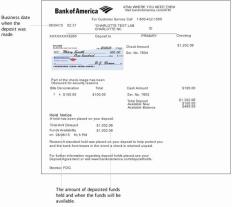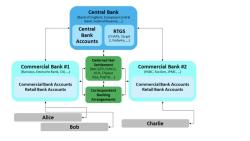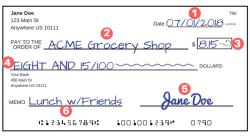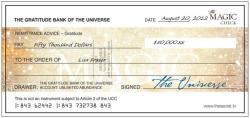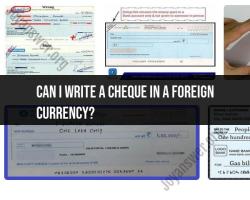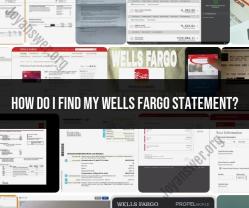Is it possible to write a cheque to self?
Yes, it's absolutely possible to write a check to yourself. This process is also known as "self-check" or "self-drawn check."
When you write a check to yourself, you are essentially transferring money from one of your accounts to another. It can be a useful method for moving funds between different accounts you hold, especially if both accounts are with the same bank or financial institution.
Here's how you can write a check to yourself:
Fill in the Payee Line: In the "Pay to the Order of" line, write your own name or write "Cash." Writing "Cash" means the check can be cashed by anyone who presents it, so it's a bit riskier if it gets lost or stolen.
Fill in the Amount: In the box provided for the dollar amount, write the amount you wish to transfer from one account to another.
Sign the Check: On the signature line, sign your name just as you would for any other check.
Deposit or Cash the Check: Once you have written the self-check, you can either deposit it into your other account by using a mobile deposit, ATM deposit, or by visiting your bank branch. Alternatively, if you wrote "Cash," you can cash it at your bank or another institution.
Bank Policies: Note that some banks might have policies or restrictions regarding self-drawn checks, so it's advisable to check with your bank if there are any specific requirements or limitations.
Writing a check to yourself can be a convenient way to transfer funds or to access money from one account to another, providing a paper trail of the transaction.
Yes, you can write a check to yourself. It is perfectly legal to write a check payable to yourself, and it is a common practice for personal financial management. There are a few reasons why you might want to write a check to yourself:
To transfer funds between accounts: If you have multiple bank accounts, you can use a self-addressed check to transfer funds between them. This can be a convenient way to move money from your savings account to your checking account, or vice versa.
To pay yourself a salary: If you are a freelancer or business owner, you can write a check to yourself as a way of paying yourself a salary. This can help you keep track of your income and expenses.
To make a cash deposit: If you want to make a cash deposit into your bank account, you can write a check to yourself and then deposit the cash at the bank. This is a way to avoid having to carry large amounts of cash around.
How to write a check to yourself:
Make sure you have enough money in your account to cover the check amount.
Write your name as the payee on the check.
Write the check amount in both numerical and written form.
Sign the check on the back.
Endorse the check on the back by writing "For Deposit Only" and your account number.
Take the check to your bank and deposit it into your account.


